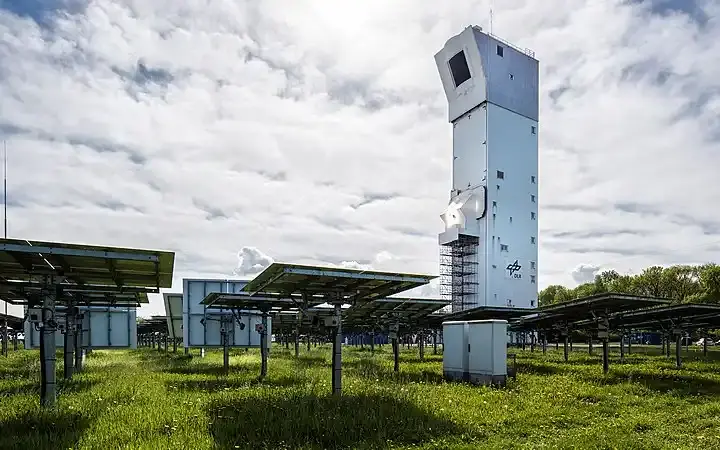75% of the global diet is produced by just 12 plants and 5 different animals

According to the Food and Agriculture Organization of the United Nations, about 75% of the world's food comes from only 12 plant and 5 animal species. Focusing on a few foods makes our diet less resilient to threats such as diseases, pests and climate change. It also ignores the delicious diverse blessings of thousands of untapped and produced foods around the globe and the communities that grow them.
A biodiverse diet is one that offers more diversity and flexibility. Biodiversity in food is located at the intersection of taste and sustainability, which is beneficial for people, planet and business. Interest in the topic of biodiversity in food is increasing and we want you to be at the forefront.
Recommend
Homogenization in global food
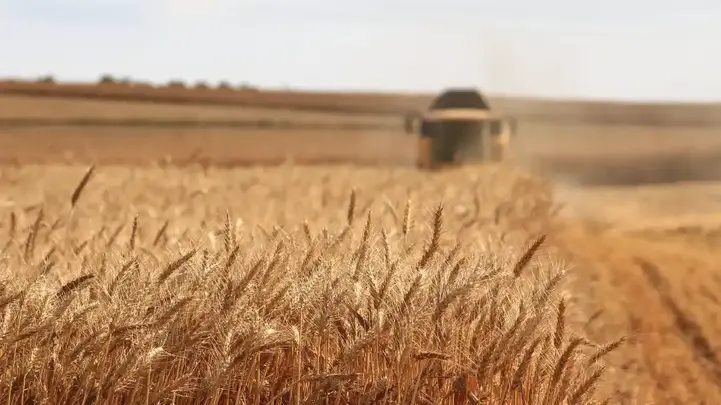
Although there are 14,000 edible and nutritious plant species to choose from, 75% of the food we eat comes from just 12 plant species and five animal species. Only 30 plants provide 95% of the calories consumed globally, and 60% of them come from just three main crops: rice, wheat and corn.
This homogeneity is increasing, with a report showing that similarities in the types of foods consumed across countries rose by 36% from 1961 to 2009.
The world's current major sources of calories – rice, wheat and corn – have replaced previous regional favorites such as cassava root and sweet potatoes. These crops, along with larger amounts of meat, dairy products and sugar, are part of a global shift towards a Western diet that favors energy-rich foods. The productivity of oil crops such as soybeans, sunflower and palm oil has also increased.
In the past hundred years, 90% of crop varieties used in agriculture have disappeared. There are now efforts to preserve or restore crop diversity, through seed cellars or a return to traditional farming methods.
Another analysis of the data showed how staple foods overlap between countries. In the Guardian's analysis, what is eaten in the US and China has become more similar over time, with wheat, soybean oil, sugar, beef and beer among the interactions.
But how did we get here?
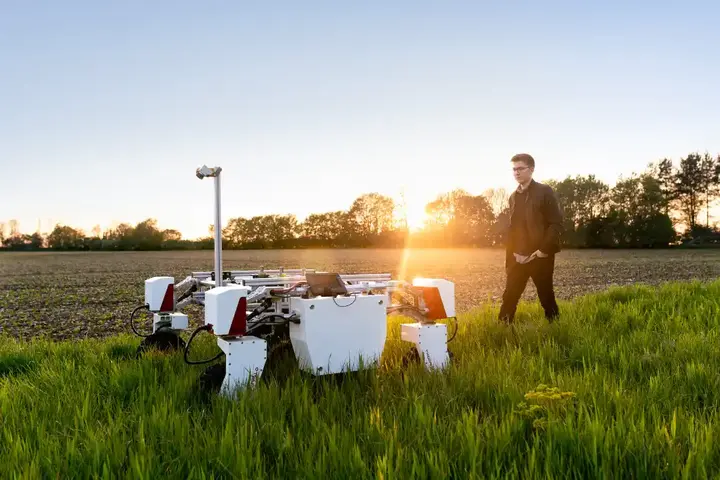
Industrial agriculture is the main reason for global food homogeneity, as it is constantly adapting to meet growing demand, by producing higher yields for fewer staples and growing them in more intensive ways.
Agricultural subsidies are a key driver behind the food currently produced for human and animal consumption. Globally, about $540 billion goes to agriculture, and 87% of this support goes to food production processes that harm people's health and the environment.
Our food systems are responsible for more than a third of global greenhouse gas emissions and are the main driver of climate change. The majority of these diet emissions stem from land-use change (such as deforestation) for industrial agriculture, livestock farming for animal-sourced food, and excessive use of synthetic fertilizers in poor quality soil in order to grow a small range of crops to feed livestock and people.
These industrial food systems that lead to climate change are reinforced by climate change itself. The more difficult conditions become, the more intensive industrial agriculture becomes, exacerbating its impact on the climate and our health.
We don't get enough nutrients for our bodies
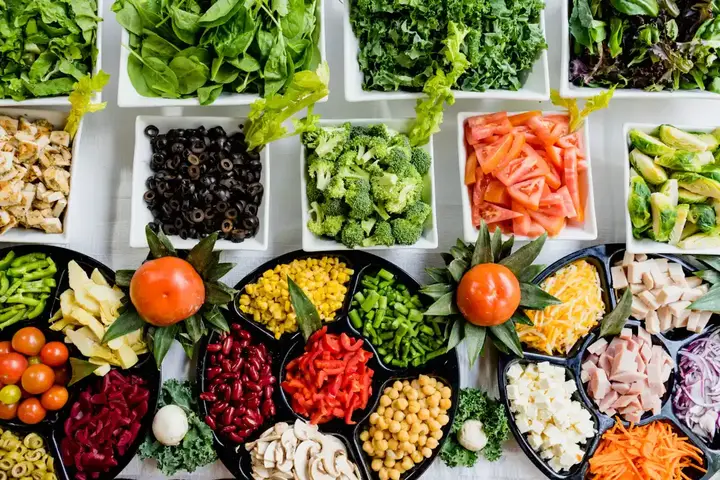
According to the EAT-Lancet report, in addition, we currently eat almost half of the amount of fruits and vegetables needed for a healthy diet. Especially in high-income countries, we eat twice the recommended amount of meat and foods of animal origin. Rebalancing what we eat would benefit health and significantly reduce emissions from food systems.
We have already seen an increase in malnutrition (such as undernutrition, micronutrient deficiencies, obesity) in many communities. This is especially true for vulnerable people when climate risks lead to inaccessibility to food that is exacerbated by "reduced dietary diversity," according to the Intergovernmental Panel on Climate Change (IPCC) Sixth Assessment Report published in March 2022.
Food insecurity looms
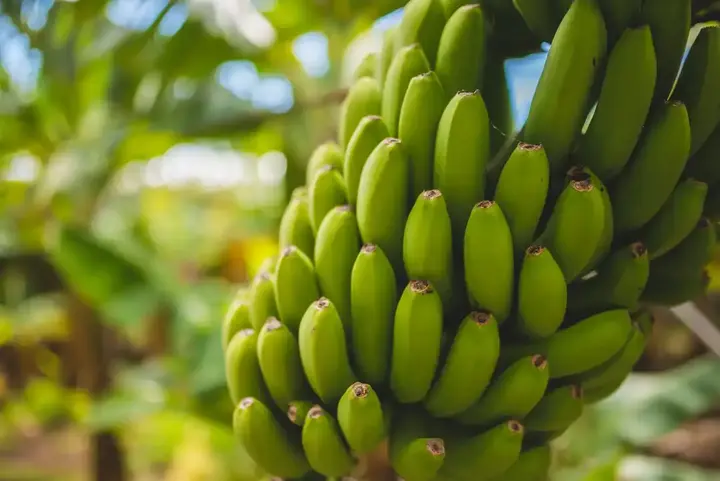
A global diet that relies on and produces only a few types of food is vulnerable to disruption due to deadly crop and animal diseases and pests. Climate change is creating the conditions in which these deadly pests and diseases are likely to thrive.
Bananas are an example of a crop that has been intensively selected for the benefit of the industrial food production system and has become vulnerable due to its lack of variety.
There are hundreds of banana varieties, but they were cultivated within the dominant "Gro-Michel" family, which eventually succumbed to the soil fungus that almost wiped it out in the fifties of the last century. Gro Michel bananas have been replaced by the Cavendish species that many of us now eat, which are once again at risk of extinction due to the spread of another fungus.
If the major crops that feed the world suffer from major disease or pest-related accident, we have few options to turn to. These risks are in addition to the direct impacts already caused by climate hazards such as droughts, fires and floods on agricultural crops.
What can you do?

As a consumer, you can eat less of the most prevalent crops, especially wheat, rice, sugar and corn, and instead look for grains, legumes, fruits and alternative vegetables. Moringa, bambara nuts, marigolds, millet, winged beans, lentils, lupine, and pumpkin are some examples of crops that have great nutritional value, are drought-resistant, and can grow in poor soils where other crops fail.
By consuming these "future-proof crops", you are not only bringing more nutrients into your body, but also helping to create a market for alternative crops that will ensure a more flexible food supply and more choice for our farmers.
![]()
7 simple tips to improve daily concentration
7 Simple Tips to Improve Daily Focus more- ADVERTISEMENT
![]()
Tafilalet Village: Exploring Morocco's Berber Life
Tafilalet, a hidden gem in Morocco, blends ancient Amazigh heritage with stunning desert landscapes. Visitors can explore traditional mud architecture, experience authentic Berber hospitality, and enjoy local cuisine like tagine and dates. It's a perfect escape for those seeking adventure, culture, and a taste of simple, traditional life. more- ADVERTISEMENT
![]()
Does pregnancy accelerate "biological aging"?
A study in the Philippines found that pregnancy may speed up biological aging in women, with each pregnancy linked to about 4 to 4.5 months of aging. This effect wasn't seen in men, and varied depending on context. Researchers hope these insights might guide future anti-aging treatments. more- ADVERTISEMENT
![]()
The strange long history of Teflon: the non-subversible product that nothing sticks to
The Long, Strange History of Teflon: The Indestructible Product Nothing Seems to Stick To more- ADVERTISEMENT
![]()
Sand and fog skies: a harsh introduction to Mauritania
Nouadhibou may appear harsh and chaotic, yet its dusty markets and joyful children reveal a community full of resilience and warmth. Despite poverty and challenges, the city radiates human spirit and hope, offering visitors an unforgettable glimpse into a life built on adaptation and cooperation. more- ADVERTISEMENT
![]()
The moon is moving away from the earth. Will our day become 25 hours?
The Moon is slowly drifting away from Earth, making our days longer over time. This cosmic dance, caused by tidal forces, began with a massive ancient collision and continues to shape Earth's rotation and life. Fossil records even show that days were once just 21.8 hours long. more- ADVERTISEMENT
![]()
Is time travel possible? Astrophysicist explains the science behind science fiction
Time travel fascinates us, but science says it’s not so easy. While Einstein’s theory shows time moves differently at high speeds—like for astronauts—true time travel still faces big hurdles. Wormholes, paradoxes, and the laws of physics keep it in the realm of imagination, at least for now. more- ADVERTISEMENT
![]()
The return of the first Indian space tourist to Earth: the cost of private space travel
India celebrates a proud moment as its first space tourist safely returns, marking a major step in the global space tourism race. What was once science fiction is now a thrilling, multi-million-dollar reality, offering civilians the chance to experience space and see Earth like never before. more- ADVERTISEMENT
![]()
Global Solar Radiation: Regional Disparities and the Potential of the Middle East
Bathed in sunlight and embracing vast deserts, the Middle East shines as a global leader in solar energy. With over 3,000 annual sunshine hours, the region fuels innovation and growth, setting the stage for a bright, clean-energy future powered by the sun. more- ADVERTISEMENT
![]()
The splendor of nature and the challenge of conditions in the oasis of Taghit in western Algeria
Taghit is a hidden gem in western Algeria, where golden dunes meet ancient history. Adventure seekers can sandboard down towering dunes, explore mysterious caves, or discover 20,000-year-old rock carvings. The ancient walled city of Kassar, once forgotten, is now being restored to its former glory. more- ADVERTISEMENT




















